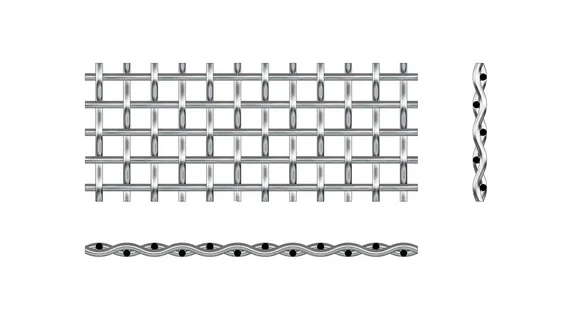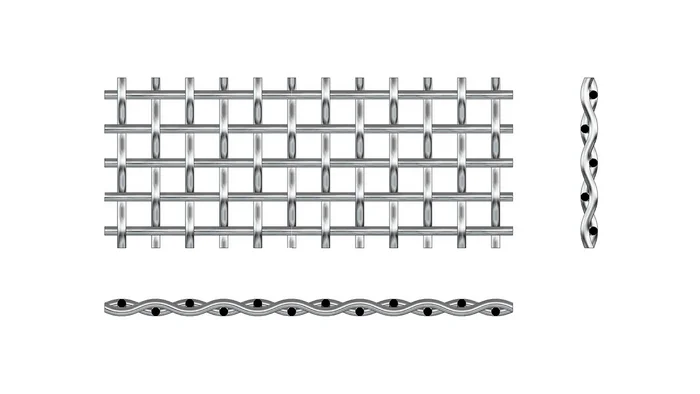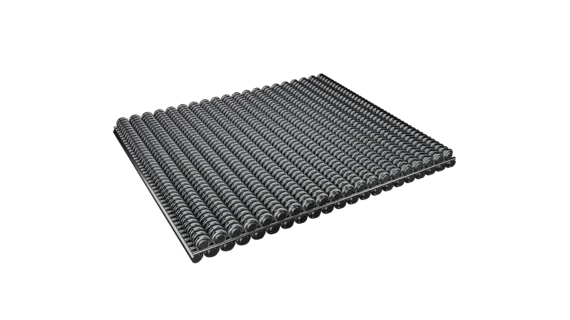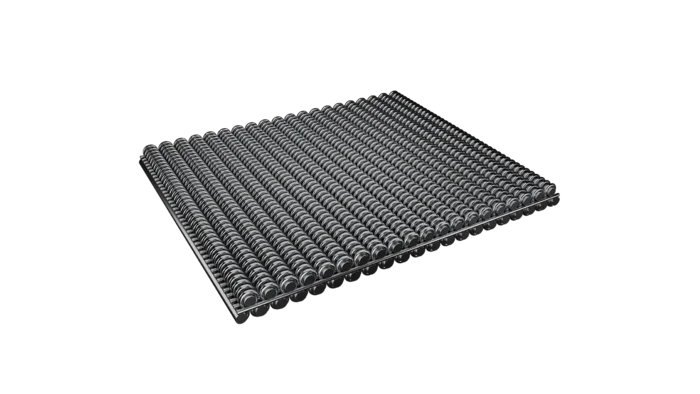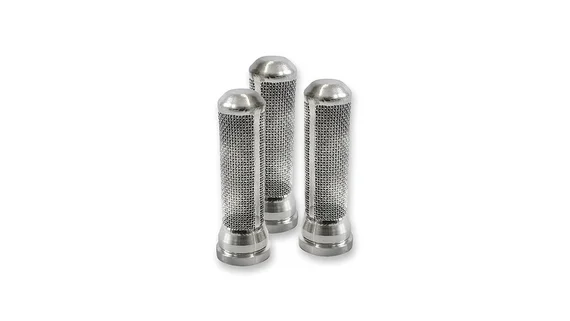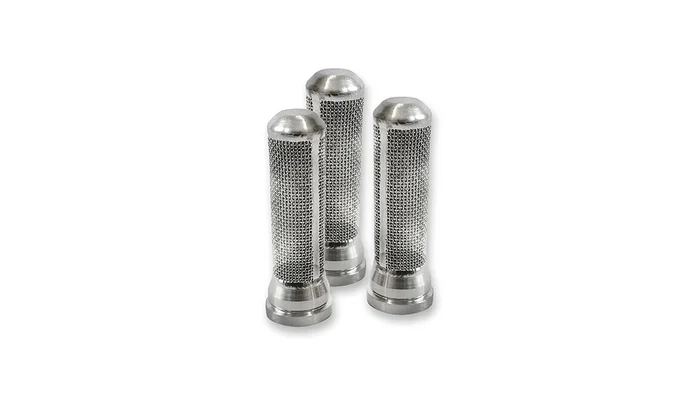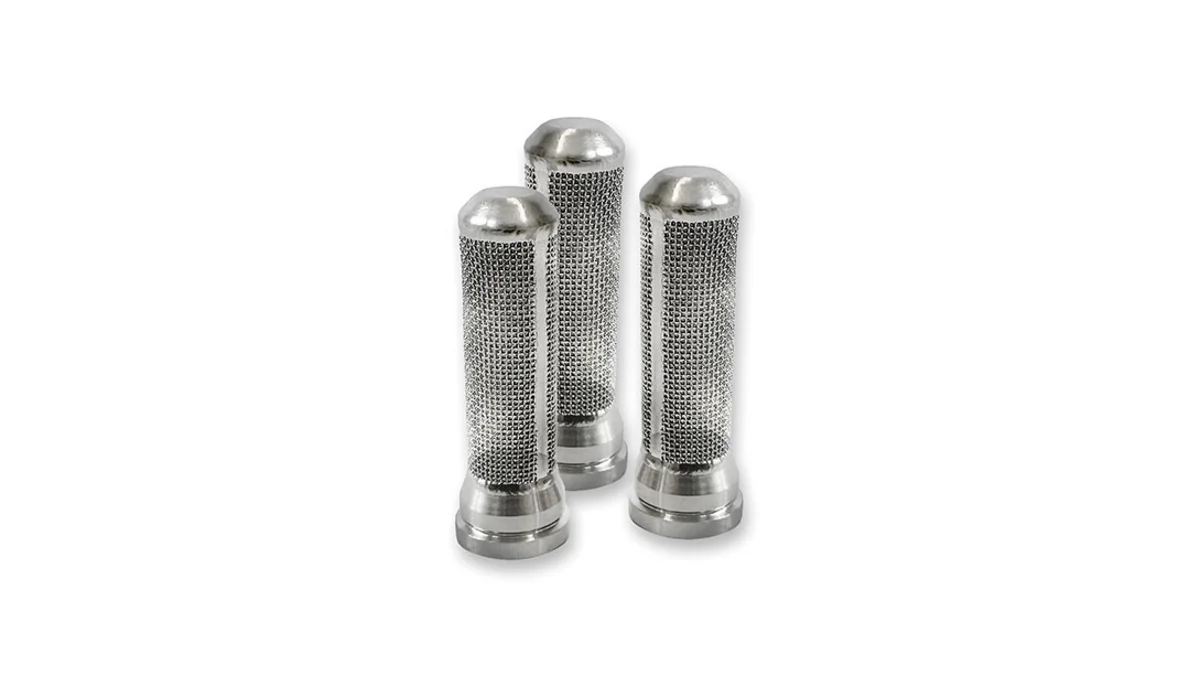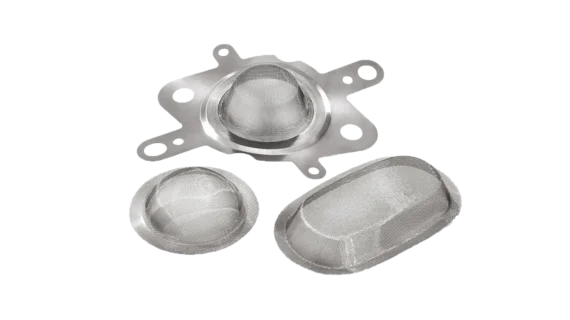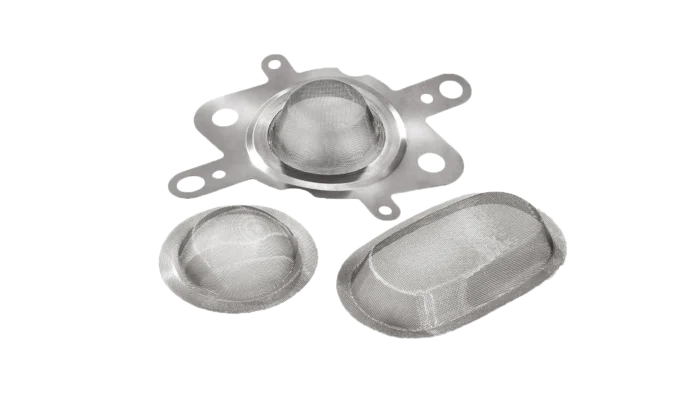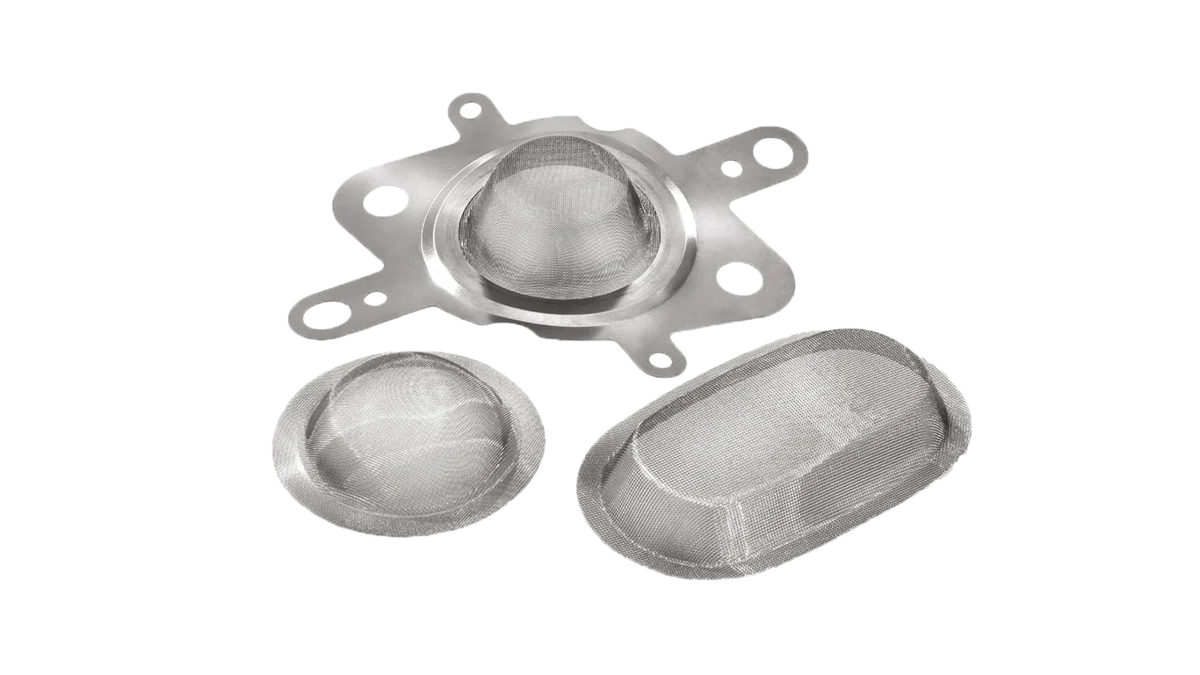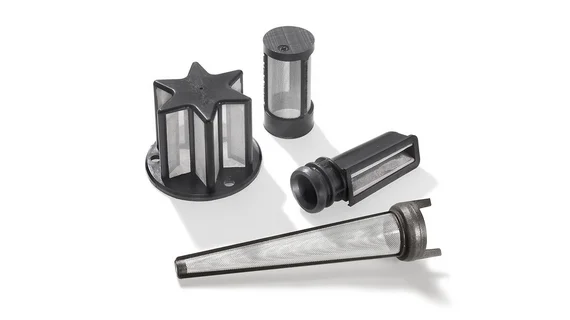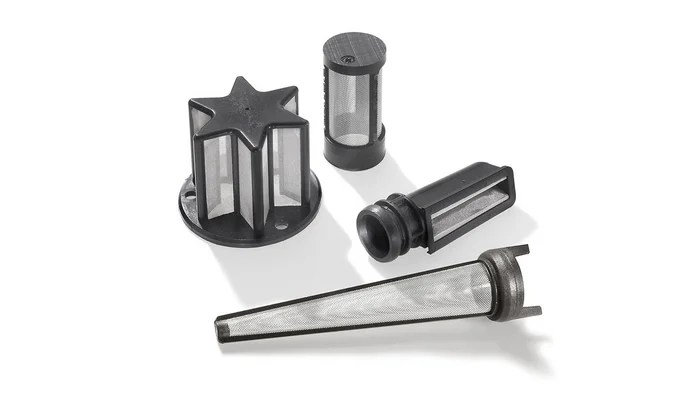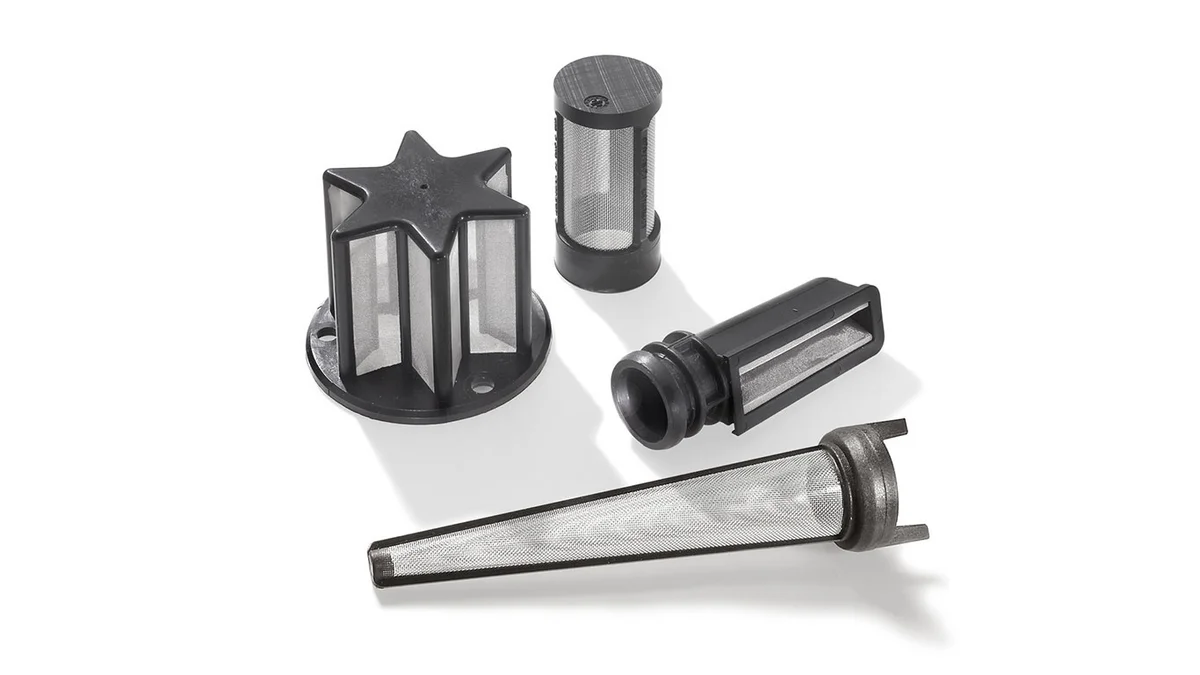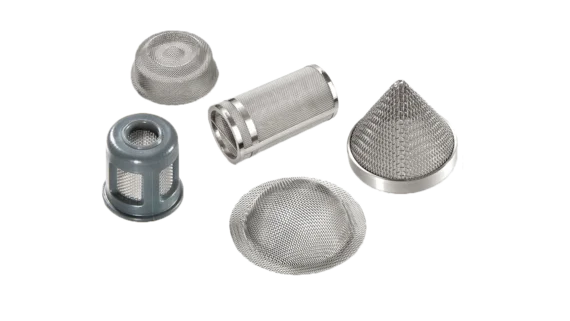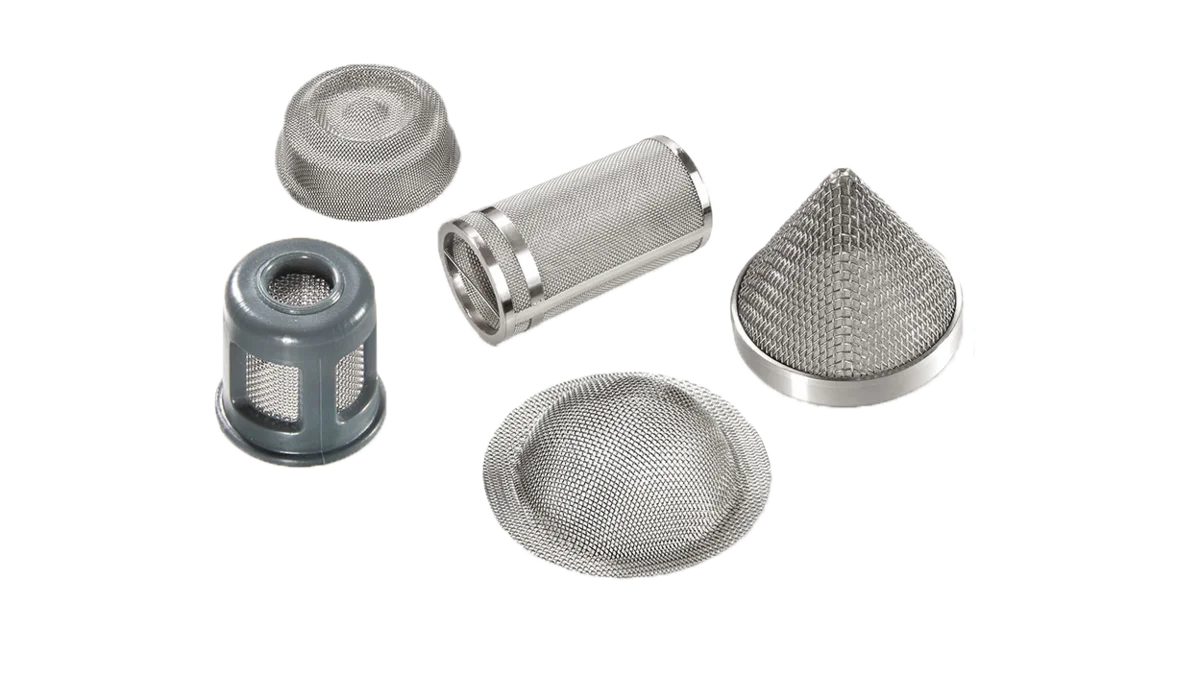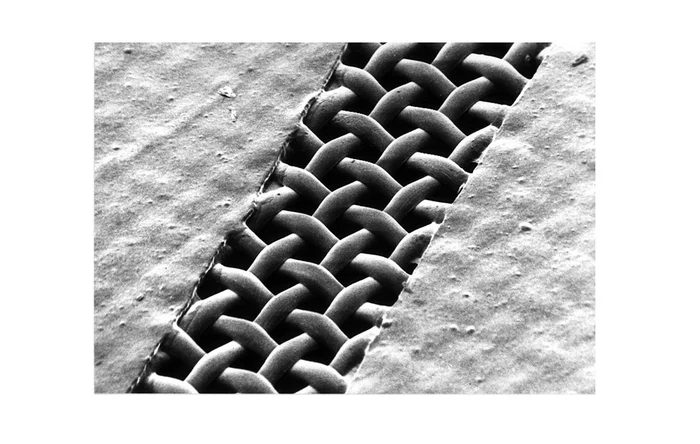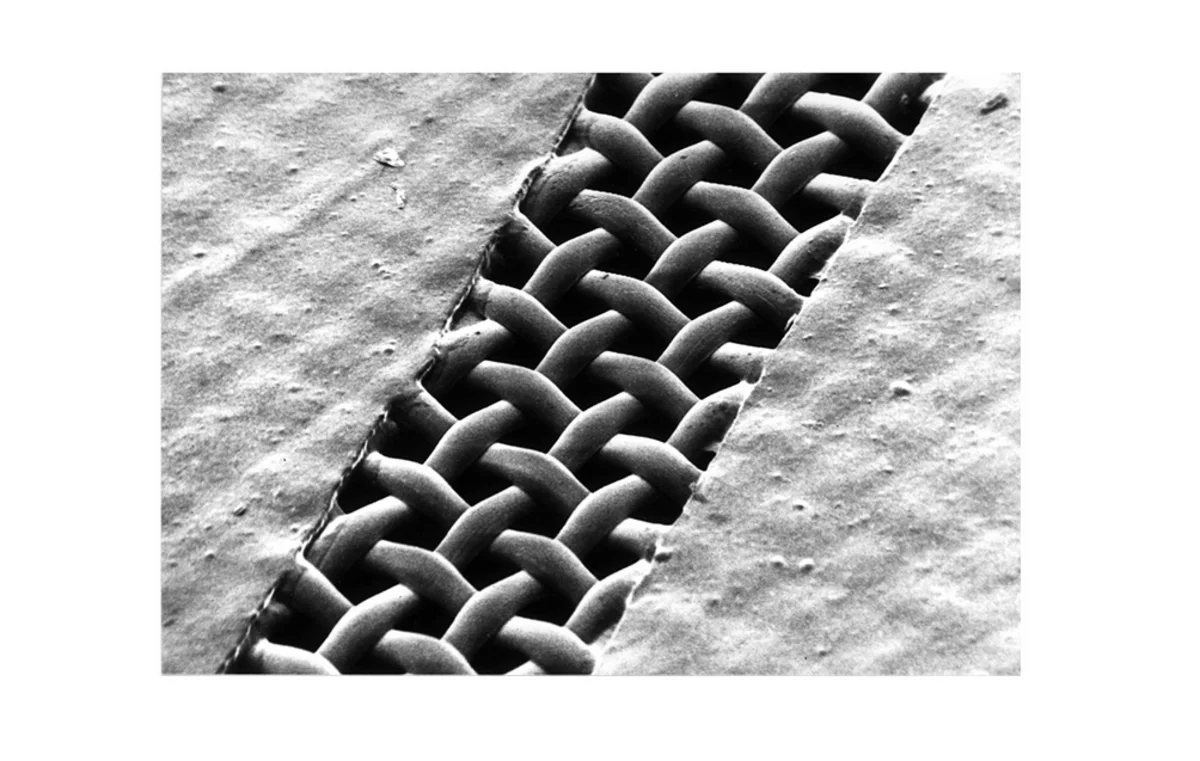7 smart applications of wire mesh in hydrogen technology
Efficiency, safety, and durability are decisive when it comes to technical components in the hydrogen industry. Wire mesh proves to be a surprisingly versatile material: it not only fulfils classic filtration functions but is also employed in electrochemical processes, as a catalyst support, and in high-pressure environments. The following six applications demonstrate how wire mesh reliably addresses technical challenges throughout the hydrogen value chain.
Key processes along the H₂ value chain
1. Nickel electrodes for alkaline electrolysis
Wire mesh’s high surface area, predeterminable geometry, and excellent permeability make it ideal for electrode materials. In alkaline electrolysis, nickel meshes (e.g. Mat. No. 2.4060 / 2.4066) are particularly suitable, offering conductivity and resistance to the basic environment (usually potassium hydroxide). Multi-layer mesh configurations can further enhance surface area and porosity. Specific thermal treatments enable the production of these multi-layer meshes.
2. Porous transport layers (PTLs) in PEM electrolysis
In PEM electrolysers, wire mesh serves as the porous transport layer (PTL). It delivers ultra-pure water to the Catalyst Coated Membrane (CCM), ensures uniform gas distribution, and facilitates the efficient removal of oxygen gas at the anode.
Employing specialized materials like titanium provides the high corrosion resistance necessary for demanding system environments. Advanced 3D meshes, similar to the MINIMESH® RPD HIFLO-S, allow for precise control over porosity and flow characteristics.
3. Laminates for high-pressure filtration
Meshes for mechanical filtration physically remove particles from the hydrogen stream, protecting sensitive components from wear and contamination. Specially developed wire mesh laminates enable this even under high-pressure conditions. By tailoring the layer configurations, flow rate, pressure loss and mechanical stability can be precisely adjusted to the specific application. This is particularly important to prevent blockages in valves and pipelines.
4. Catalyst support meshes
Wire mesh not only serves as a support structure for catalyst materials (e.g., Raney nickel, platinum, nickel-palladium) but can also be catalytically coated itself. This enables process-efficient solutions for the further treatment of hydrogen. Chemically stable special alloys like Inconel 600, Hastelloy C22, titanium, or nickel alloys ensure process stability, and individual forms such as pleated meshes, deep-drawn parts or precise cut-outs allow seamless integration.
5. Hybrid elements in gas filtration – optional with sealing function
For large-scale applications with high demands on reproducibility and assembly efficiency, plastic-overmoulded filter elements offer a compelling solution. They can be manufactured to exact specifications and tailored to specific processes. Material selection—such as PP, PEEK, or PA—is based on application requirements. Optionally, an elastomer like EPDM can be overmoulded to provide a sealing function, eliminating the need for additional O-rings or sealing elements, thereby reducing assembly time and component costs.
6. Coolant filtration in fuel cell systems
In fuel cells, coolant flows through very narrow channels—often just a few millimetres wide—between the bipolar plates. Even minor particle accumulations can cause blockages, leading to stack damage. Fine-pored wire mesh ensures effective particle retention. Plastic-overmoulded mesh components are particularly suitable here, offering cost-effective manufacturing and excellent reproducibility.
7. Catalyst Coating for Membranes (CCM)
In PEM stack production, both sides of the membrane are coated with a catalyst layer, typically made from a suspension of carbon-based carriers and catalysts such as platinum or iridium. When mixed with solvents, this forms a type of “ink” that can be applied using various techniques – one of the most precise being screen printing. In this process, a fine wire mesh acts as the screen through which the catalyst ink is evenly deposited onto the membrane. Once the screen frame is removed, the layer dries and cures.
This method offers several key advantages:
- Precisely controlled layer thickness
- High scalability for industrial-scale manufacturing
- Wide range of mesh types enables tailored, application-specific solutions
- Efficient and accurate material application compared to alternative coating methods
The resulting product is known as a Catalyst Coated Membrane (CCM) and forms a central component of the Membrane Electrode Assembly (MEA) in PEM fuel cells.
Versatile. Robust. Future-Proof.
Wire mesh has evolved beyond its traditional role as a filter material. In the hydrogen industry, it is employed wherever processes need to become safer, more efficient, and more compact – from electrolysis and cooling to refuelling. Based on more than 135 years of experience in other industries, Haver & Boecker collaborates with customers, research institutes, and partners to develop forward-looking solutions. Whether through collaborative projects like H2EXSTOP or the Referenzfabrik.H₂: wire mesh is a key material for the energy transition.





